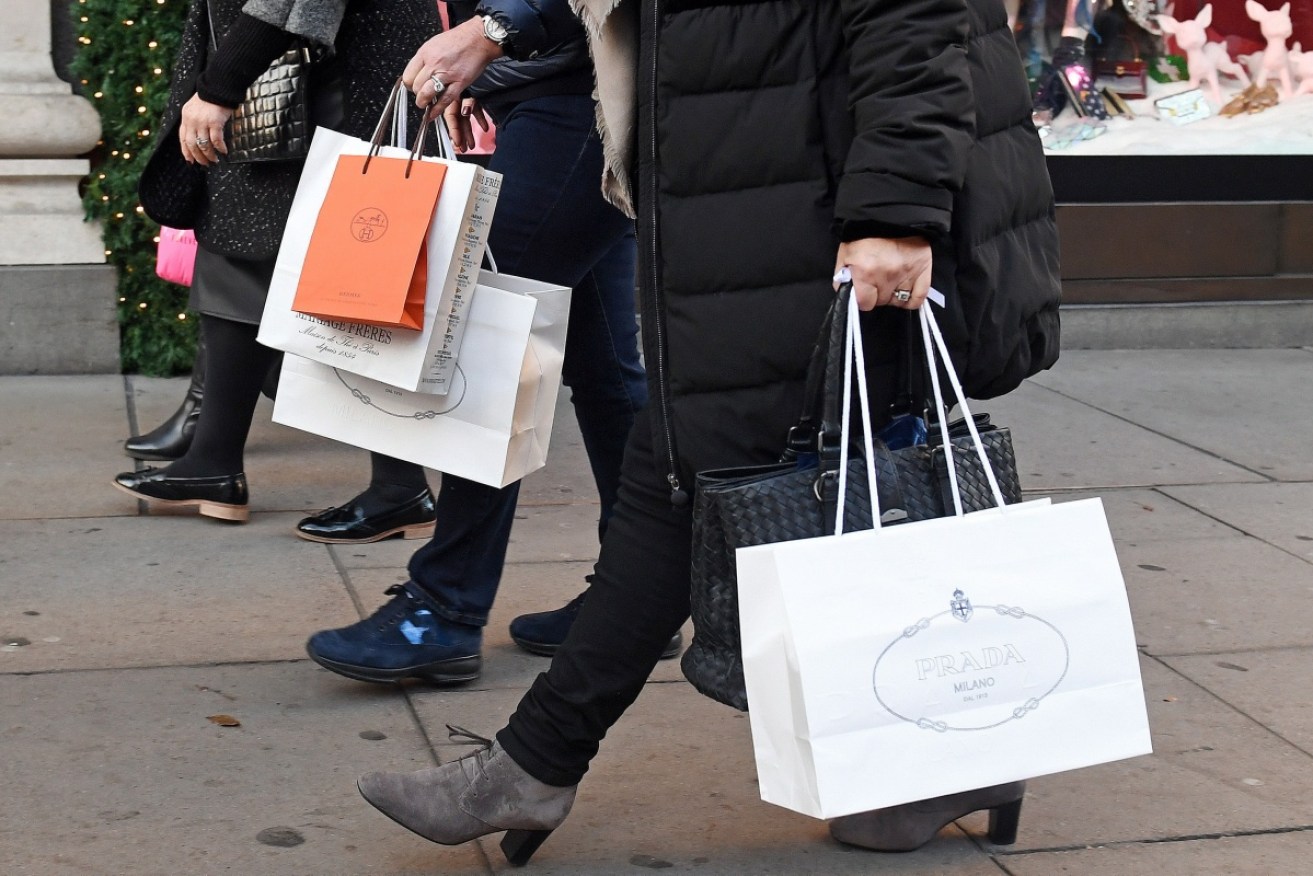Low wage growth blamed for weak consumer spending over Christmas


Consumers did not come to the retail party in December. AAP
Aussie consumers opted not to open their wallets in the lead up to Christmas last year, bringing to a disappointing end a year that has been called “one of the worst years for retail in a quarter century”.
Consumers’ reluctance to splash their cash in the festive season comes after a period of stubbornly weak wage growth which, as yet, has shown no sign of picking up.
Figures released by the Australian Bureau of Statistics found that, in December, Australian retailers saw turnover of a little more than $26 billion, which was a 0.5 per cent fall on the previous month.
Economists had been predicting a fall of just 0.2 per cent.
The disappointing lead up to Christmas contrasted with a relatively buoyant November, where turnover increased by 1.5 per cent.
But even that figure was misleading, with sales of electronics – above all the iPhone X – pushing otherwise lacklustre consumer spending up.
The December figures look a little bit better when seen through the ‘trend’ lens as opposed to the ‘seasonally adjusted’ lens – that is, when seasonal anomalies and irregularities such as the launch of iPhone X are taken out of the equation.
In that scenario, turnover was actually up in December – albeit by a relatively paltry 0.2 per cent. November and October trend figures were also up 0.2 per cent.
Retail turnover in December was 2 per cent up on the previous December.
Weak consumer spending hit household goods retailers the hardest. In seasonally adjusted terms, turnover in this sector – which includes everything from floor coverings to furniture to electrical goods – fell 2.6 per cent.
Electrical goods fell particularly far – 4.7 per cent – but they had a long way to go from November’s high.
Clothing, footwear and personal accessory retailing also fell in seasonally adjusted terms (–0.1 per cent), as did department stores (–0.6 per cent).
Wage growth to blame
Callam Pickering, APAC Economist for global job site Indeed, said 2017 was “one of the worst years for retail in a quarter century”, and linked the weak consumer spending to low wage growth.
“The biggest concern for the retail sector remains low wage growth,” he said.
“It’s actively offsetting any benefit of strong employment growth. Until wage growth improves materially it is unlikely that the retail sector is going to break out in a positive manner.
“Growth might improve slightly but we won’t see growth return to over 4 per cent.”
But he said there was “some light at the end of the tunnel” for Australian retailers – namely that employment growth was strong throughout 2017 and improved business conditions suggested this would continue into early 2018.
“Retail isn’t as important to the economy as it once was but the persistent weakness across the sector is one of the most pressing issues for the Reserve Bank.
“It’s rare to see a strong economy without a strong household sector and we need to see some improvement in household spending before we can be confident that the economy is back-on-track.”
The RBA opted to keep interest rates on hold on Tuesday at the record low of 1.5 per cent.
Russell Zimmerman, executive director of the Australian Retailers Association, said Christmas 2017 was “a conservative Christmas instead of the merry Christmas retailers had in mind”.
Mr Zimmerman linked the weak spending on high rents charged by landlords.
“This low growth isn’t being helped by the constant and unsustainable rent increases from landlords, especially where sales growth is running below inflation,” he said.








